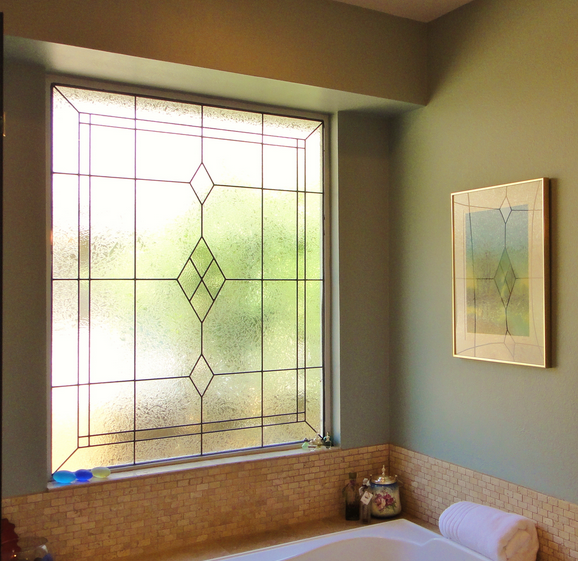 Types of glass
Types of glass
Most of the panes are made of the so-called. window glaze, which in liquid form is poured on molten tin. Thanks to this, the surface of the glass is smooth and free of distortion. There are also many types of reinforced glass.
Before choosing a glass type, think about, whether the window will be exposed to frequent injuries. Most often break windows placed at a distance to 75 cm above the floor, doors and windows, which may give the impression of unglassed holes in the wall, as well as glass with a very large area. Another factor, which must be taken into account, is the force of the influence of the wind. The greater the pressure, the thicker you should use glass. Glass thickness 3 mm is only suitable for very small fast. Glass thickness 4 mm is suitable for glass with a width of up to 1 m, for glazing larger surfaces use glass with a thickness 5 the 6 mm.
If the risk of damage to the glass is high, do not use glass with a thickness 4 mm for surfaces larger than 0,2 nr: 5 mm for areas above 0,8 nr; 6 mm for areas above 1,8 m2; 1 cm for areas above 3,3 m2. For glazing larger surfaces use tempered glass, which is 4-5 times stronger than ordinary window and can not be cut, possibly laminated glass, reinforced with a thin layer of plastic welded between two layers of glass.
Wires with reinforced glass do not increase its strength, however, in the event of breakage, they do not allow pieces of glass to crumble. Patterned glass, beyond its decorative qualities, increases the intimacy of the interior. There is a great variety of designs, often patterned glass is also dyed. Round, hand-formed glass in the windows in the style of King George give the house an old-fashioned charm. Stained glass and cut glass give almost unlimited space for decorative shows. If you want to avoid overheating of the premises in the summer, use glass that absorbs thermal radiation.